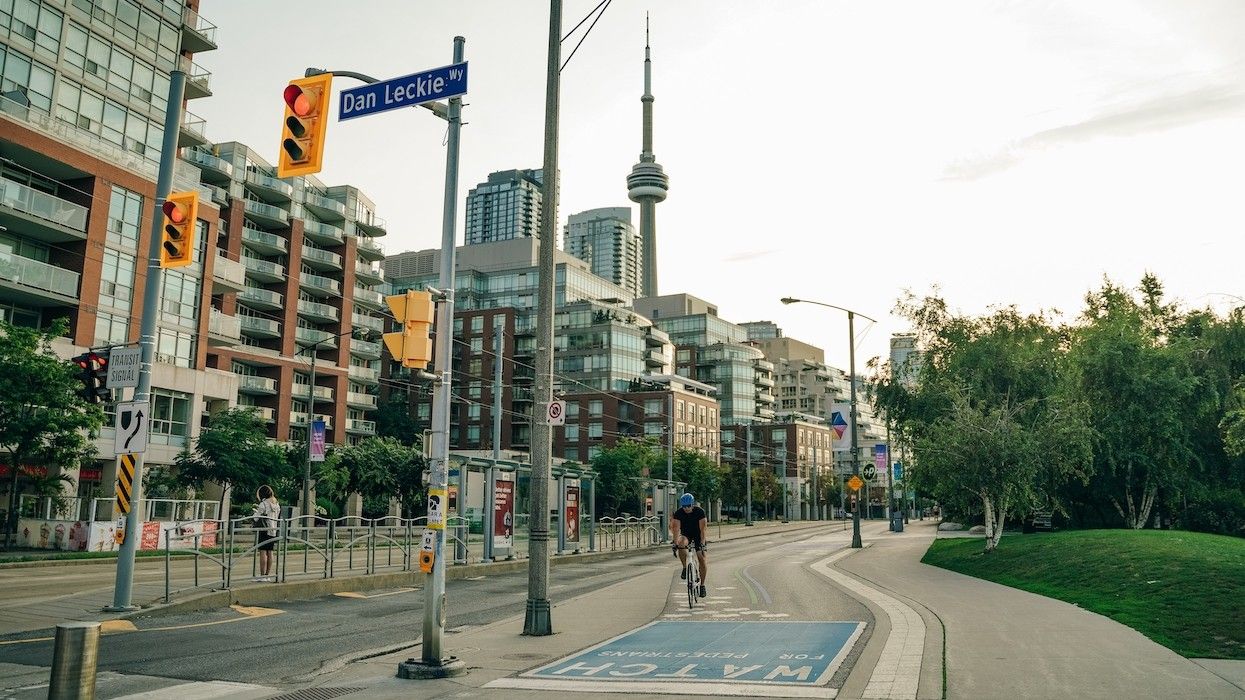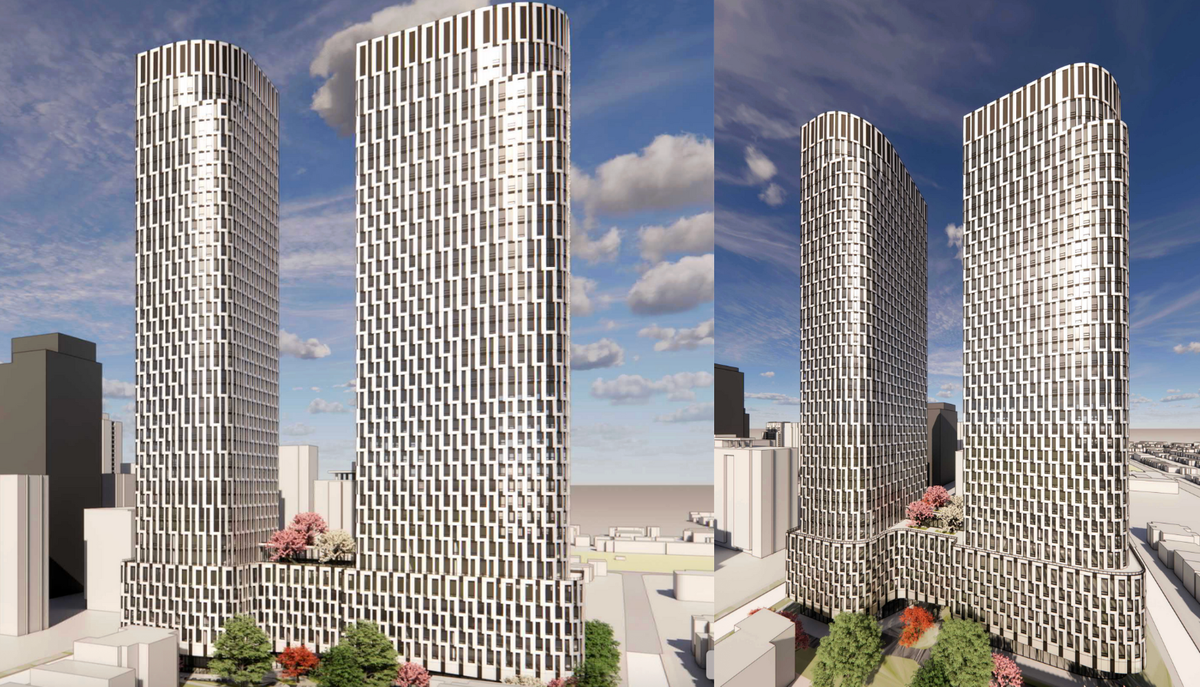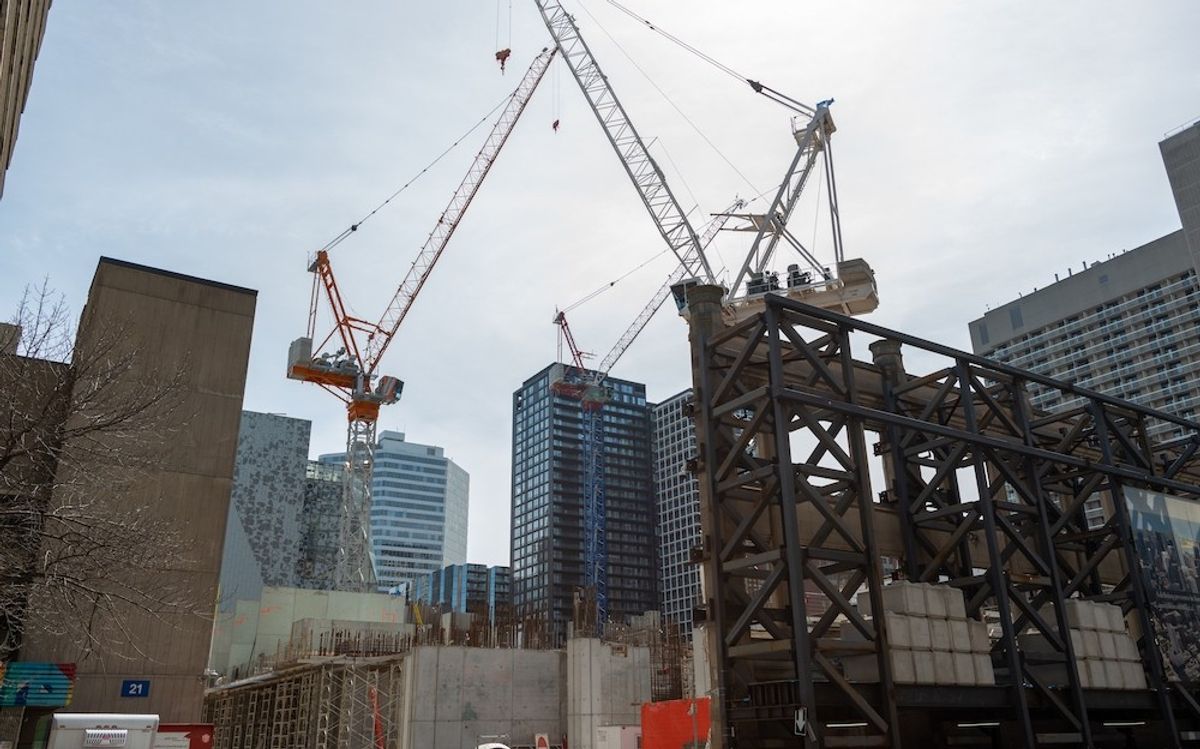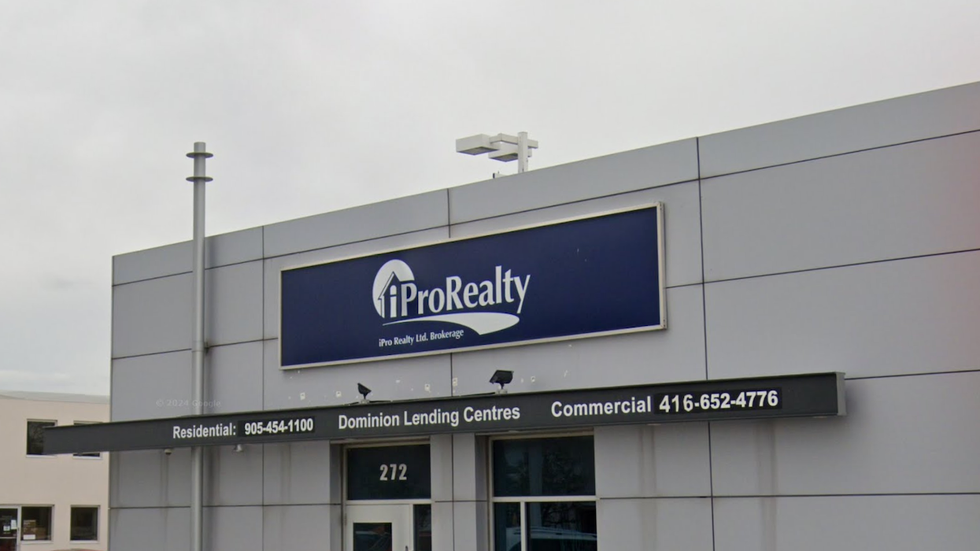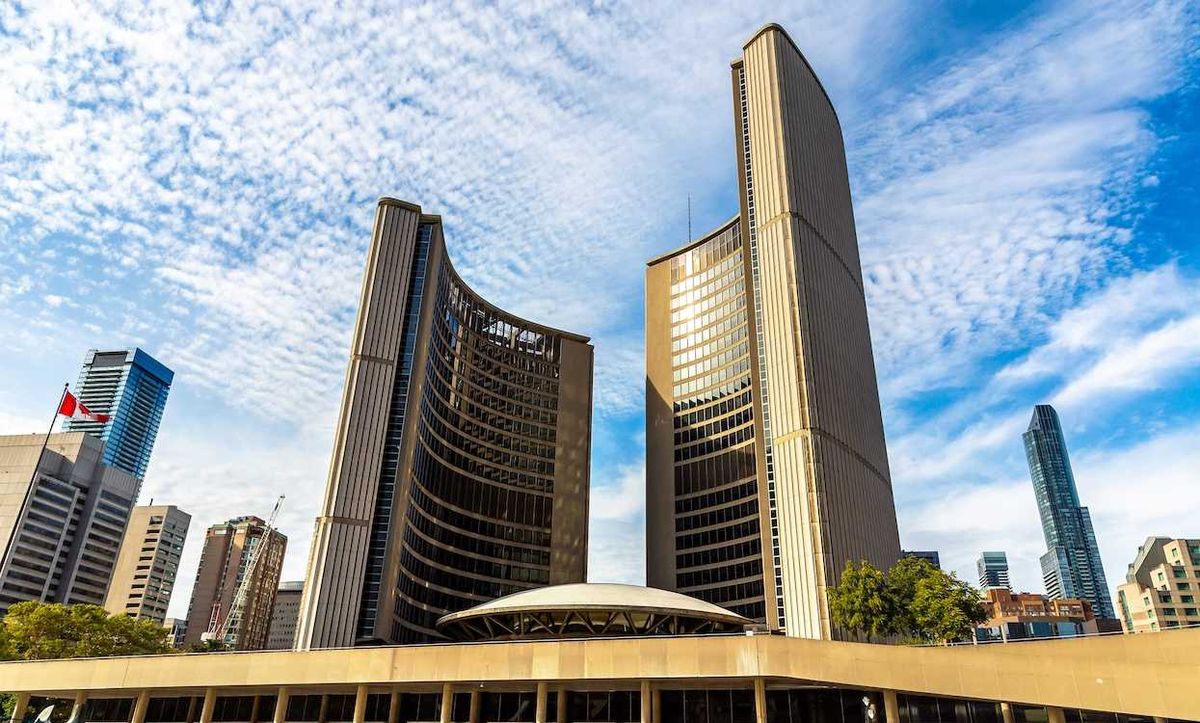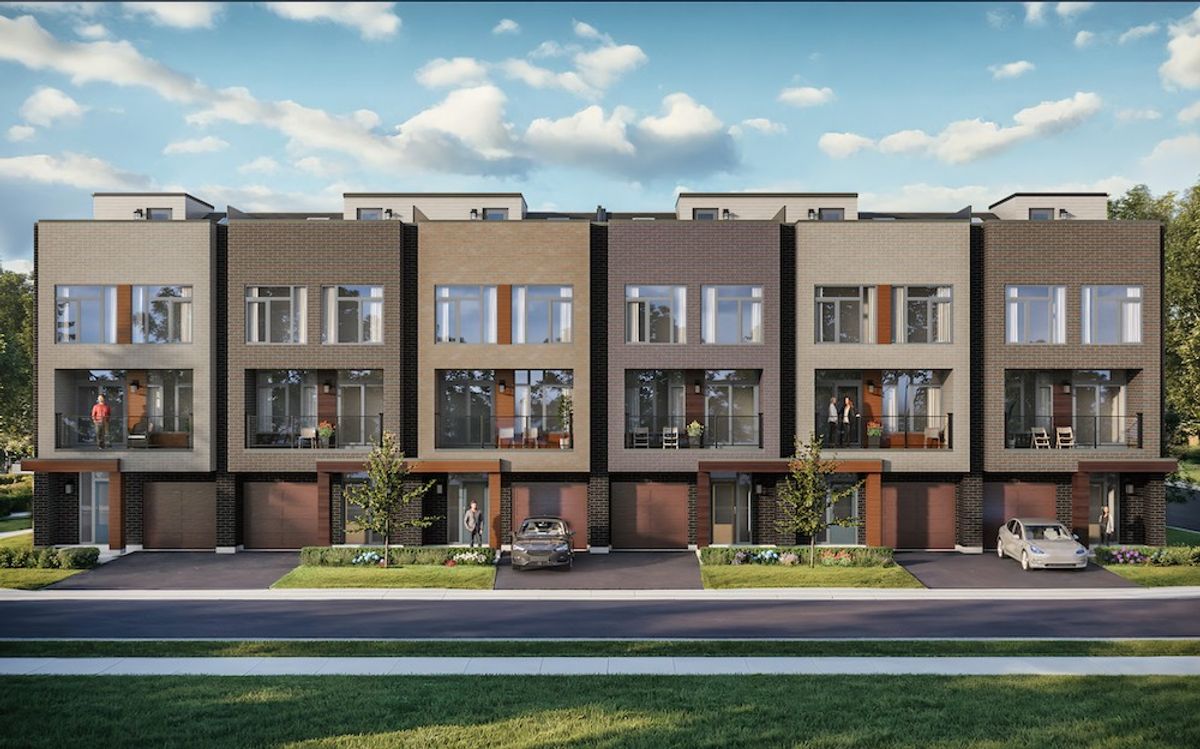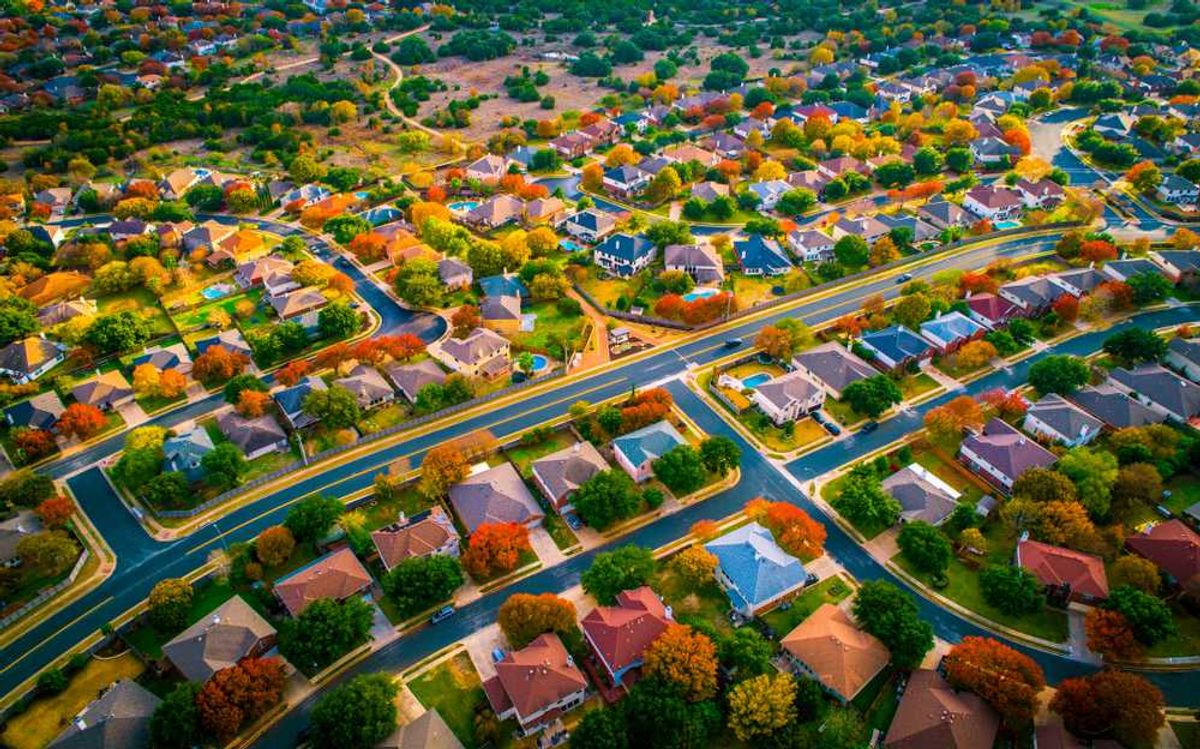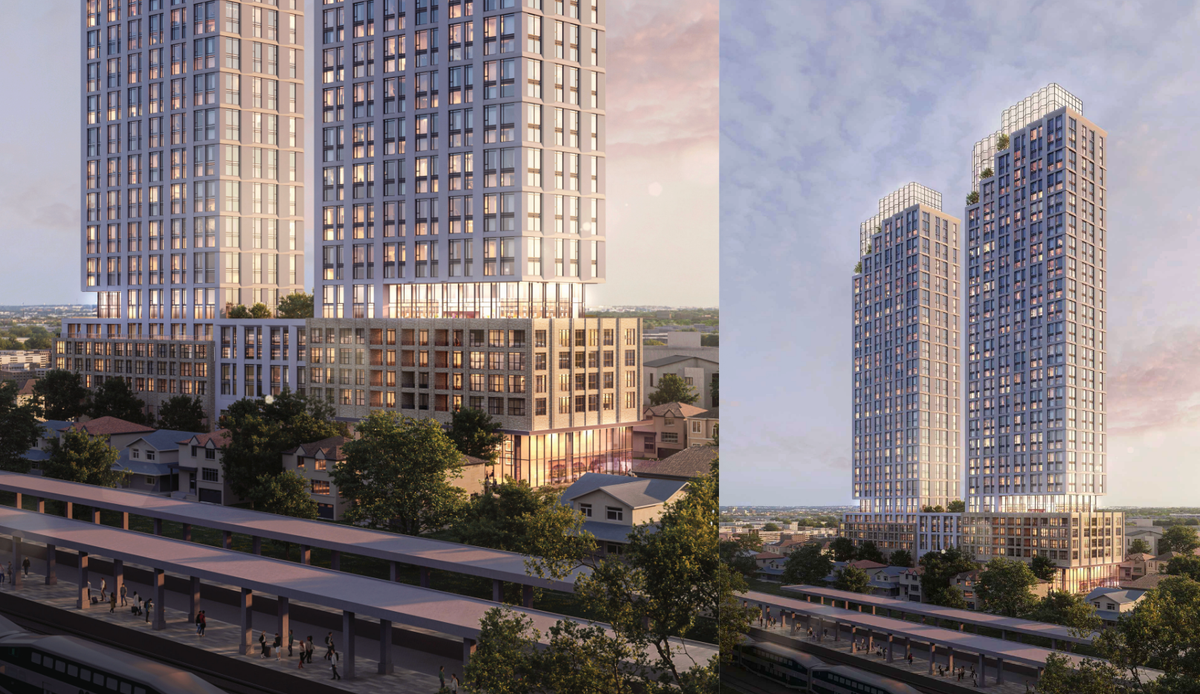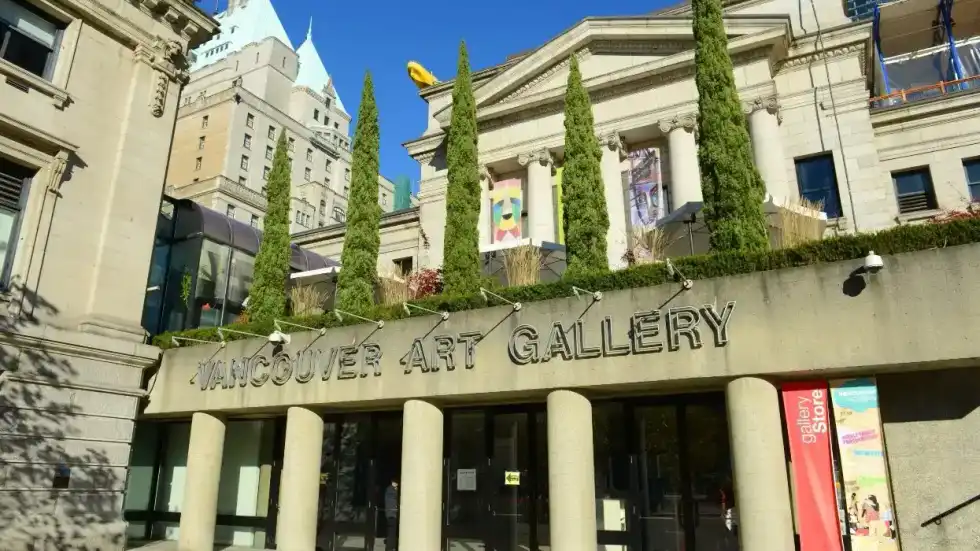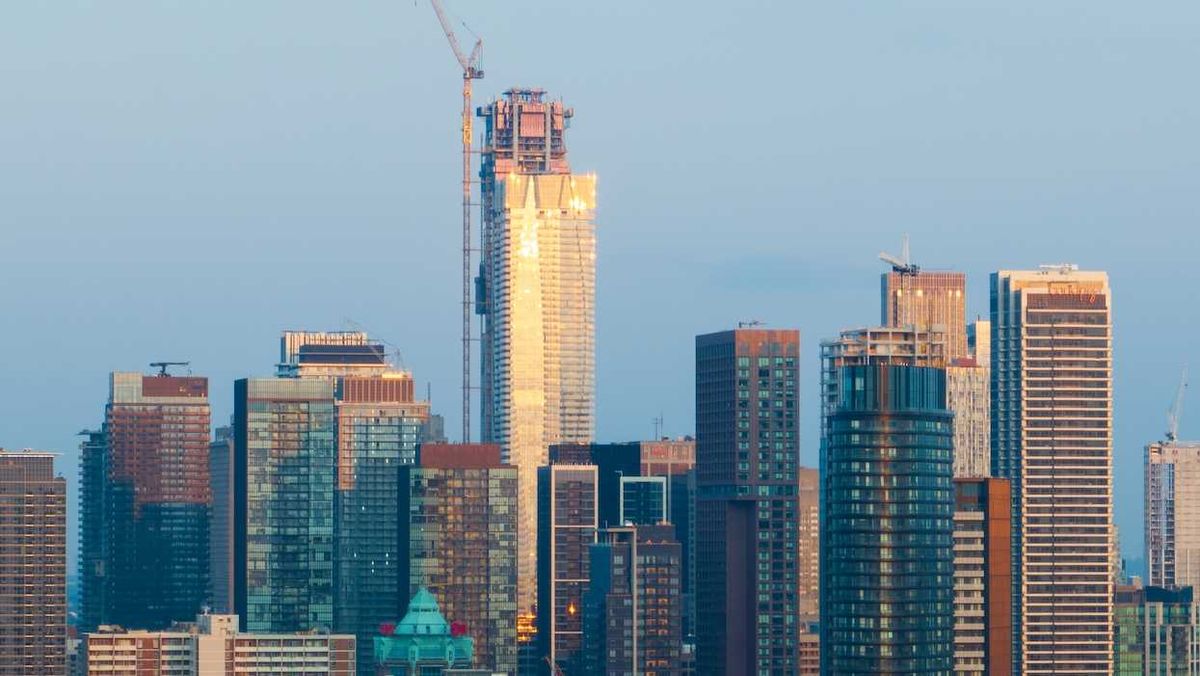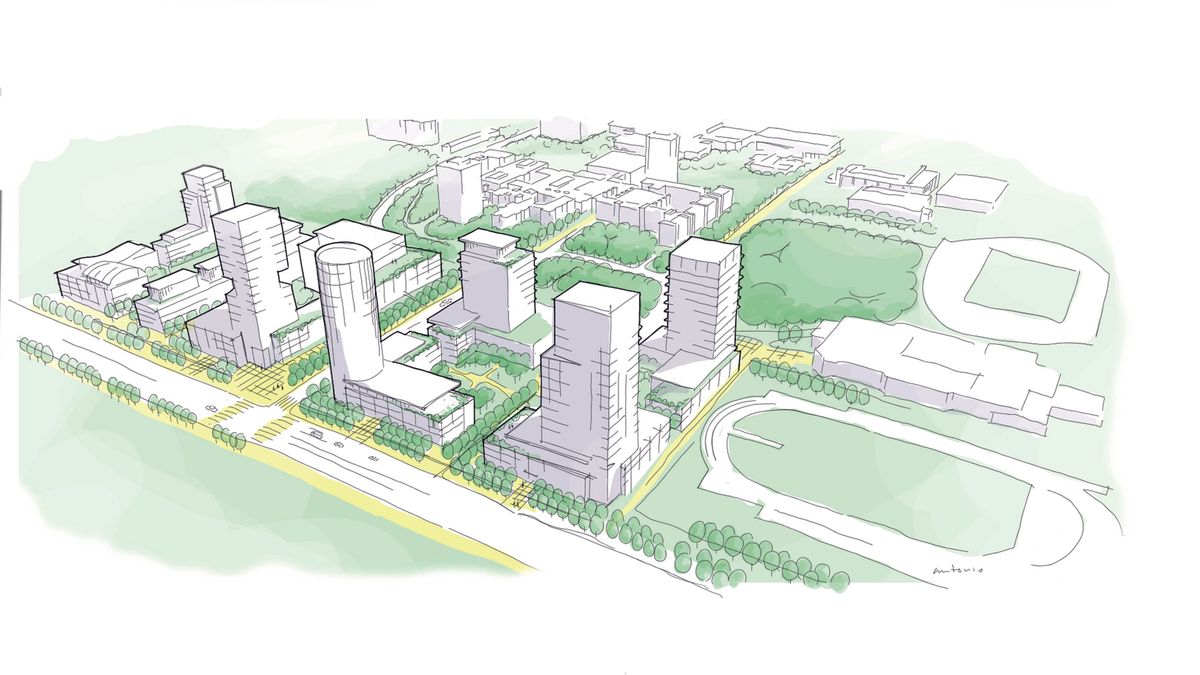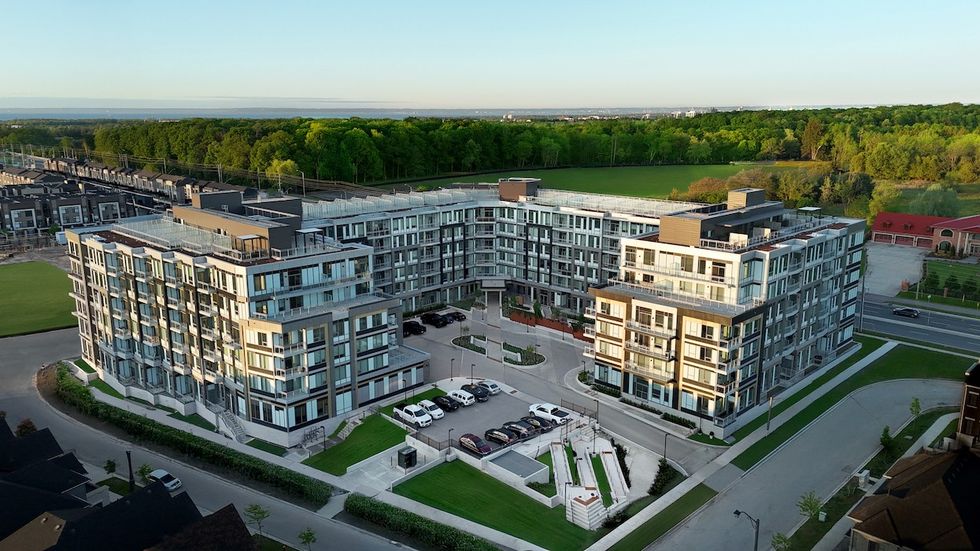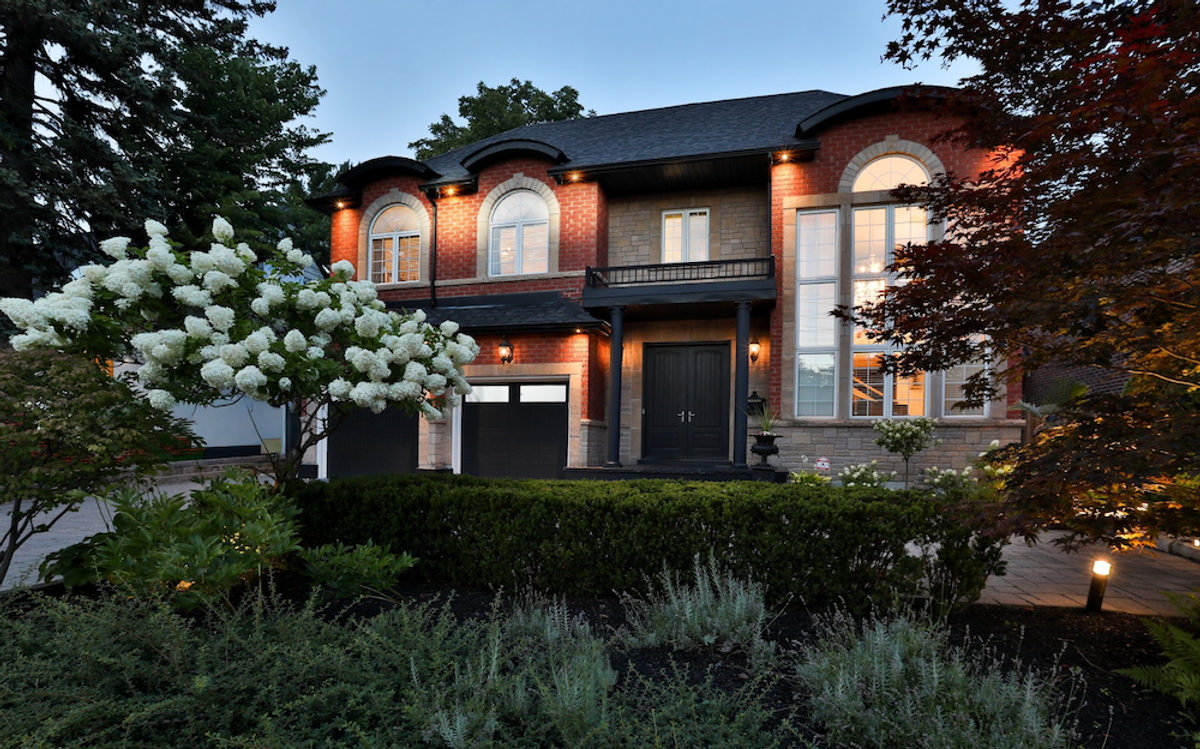For years, Toronto’s growing network of bike lanes has made city living more convenient and attractive. High-density developments used cycling infrastructure to justify this higher density, reduce parking requirements, and offer increased bike parking instead. Some developments even marketed new projects based on cycling amenities as their main competitive advantage. But now, the very infrastructure that helped shape their success is under threat.
Bill 212, Reducing Gridlock, Saving You Time Act, 2024, approved by the Ontario government, mandates provincial approval for new bike lanes that replace traffic lanes and grants authority to remove existing ones. While the Bill has started a debate mostly among urban planners and cyclists, developers — who have benefited from Toronto’s bike network — are not vocal about it.
Developers' Stake In Cycling Infrastructure
For years, developers have relied on Toronto’s bike network to support higher-density projects and lower parking requirements. Being near bike lanes makes properties more attractive, giving residents an affordable, sustainable way to get around. Cycling infrastructure also helps developers cut costs by reducing the need for expensive parking spaces. Removing bike lanes doesn’t just impact cyclists, it threatens a key factor that has made many developments more viable and marketable.
Some of Toronto’s newest condo developments have embraced cycling infrastructure as a key selling point. One project, a high-rise at Yonge and Gerrard, marketed itself as a cyclist-friendly residence, offering a gear room with shared tools, a washing station, dedicated bike lockers, and even a bike-specific elevator. Similarly, another project at Church and Dundas positioned itself as a hub for urban cyclists, promoting bike-friendly amenities and proximity to Toronto’s cycling network. None of these streets mentioned above have bike lines, and yet they are marketing these projects as cyclist-friendly.
Suburbs Need Bike Lanes Too
Bike lanes aren’t just important in downtown Toronto, tthey could make a significant impact in the suburbs, where a large number of voters have traditionally supported conservative policies. In suburban areas, where distances are longer and transit options are limited, bike lanes could make short trips safer and more convenient — whether it’s getting to the grocery store, a local park, or school. They could also provide a crucial first- and last-mile solution for commuters trying to reach their nearby GO station, for example, without needing a car, reducing both traffic and parking demand.
More importantly, bike lanes would give kids and teenagers — who didn’t choose to live in car-dependent suburbs — a safe, independent way to get around. So no, investing in bike lanes isn’t just an urban issue; it’s a practical solution for suburban mobility that could benefit many.
Depoliticizing Bike Lanes
Bike lanes shouldn’t be a political issue — they are simply good urban planning. They make cities more efficient by reducing traffic congestion, cutting transportation costs, and giving people more mobility options. Businesses benefit from increased foot and bike traffic, property values rise in well-connected areas, and cities save money by relying less on expensive road expansions and parking infrastructure. Yet, for some reason, bike lanes have been framed as a “left-leaning” idea, when in reality, they serve everyone — commuters, businesses, developers, and even drivers who want less congestion on the roads.
Instead of being a political battleground, bike lanes should be recognized for what they are: a practical investment in a stronger, more efficient economy and a better quality of life for all.
Now, Before The Elections
Now, with the provincial elections around the corner, it’s the perfect time for developers to speak up. The future of bike infrastructure in Ontario is at stake, and those who have benefited from it — through increased property values, reduced parking costs, and marketable urban living — should not stay silent. Bike lanes aren’t just about cycling; they are about economic growth, increased property values, and a more efficient transportation network — all the things the Conservative party cares about. They reduce congestion (and I won’t get into the irony of the name of the Bill), make commercial areas more accessible, and attract businesses that thrive on foot traffic.
If bike lanes disappear, so do the economic advantages that come with them, and so do the advantages that have made high-density development projects more viable.
